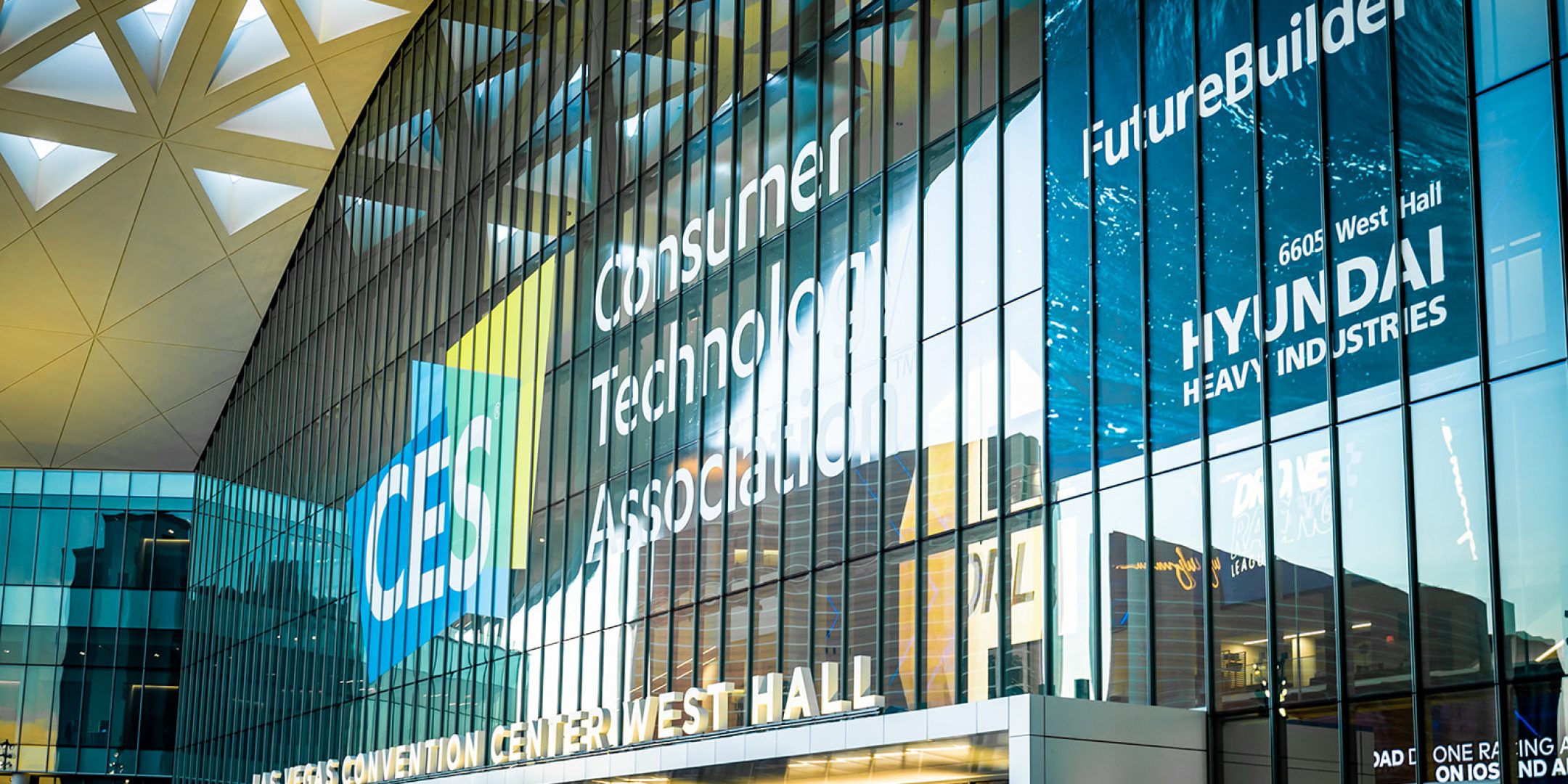The 2022 edition of CES was held in hybrid from January 5 to 7 in Las Vegas. Despite the COVID-19 pandemic and the last-minute dropout of some major players like Amazon, General Motors, Microsoft, Meta, and Google – more than 2,300 companies, including 800 startups, and 40,000 visitors attended in-person to unveil and discover the latest innovations in artificial intelligence, mobility, health, IoT and many more industries.
Amid the pandemic, many companies preferred to opt for virtual shows. CES 2022 overall attendance was pretty low compared with the last in-person CES – 2020 edition had nearly 4,500 exhibitors and 170,000 attendees. However, with most of the tech giants deciding not to attend in person, CES 2022 was even more favorable for the smaller players. It was easier for them to reach consumers and industry partners. In addition, those who attended in person were more open to discovering new technologies and engaging more deeply.
3 major takeaways and tech trends highlighted at CES 2022, you should keep in mind:
1/ The pandemic sped the adoption of new technologies in many industries
With people spending more time at home during the pandemic, innovation in Smart- Home, Gaming, Fitness, Screens (8K TVs) but also Health and Wellness technologies have soared. People are looking for a better experience and are more likely to upgrade to premium content services. In the meantime, companies like Samsung, Asus, and Dell are unveiling more foldable technologies.
2/ 5G and AI will provide the connected tissue to accelerate future innovations
With transformative tech pushing toward a more connected world, 5G will deliver an augmented world with an abundance of information. At the same time, Artificial Intelligence will help to process those data and provide more intelligent, more personalized, and even more conversational services. 5G networks and AI are expected to benefit many industries and especially smart cities, IoT, transportation, infrastructure, education, and digital health
3/ Metaverse, CES 2022’s buzzword, is closer than we think
This year, conversations were largely focused on the metaverse, which refers to virtual worlds where people can socialize, work, transact, play and create. All the building blocks for the metaverse are here or coming soon: 5G to provide robust connectivity and support the massive MIMO (multiple input, multiple outputs), Blockchain DeFi for the economy, NFT to allow public proof of ownership of digital assets, AR/VR, Cloud, Haptics… We now have to assemble them to create increasingly immersive hardware and experiences that will become inextricably linked with our reality within the next 10 / 20 / 30 years.
Author:
Héloïse Pajot, Deputy attaché for Science and Technology in San Francisco.
Mail: [email protected]
LinkedIn: @heloisepajot

